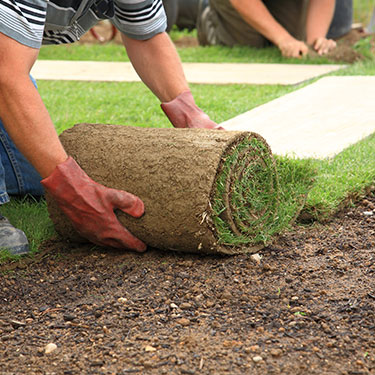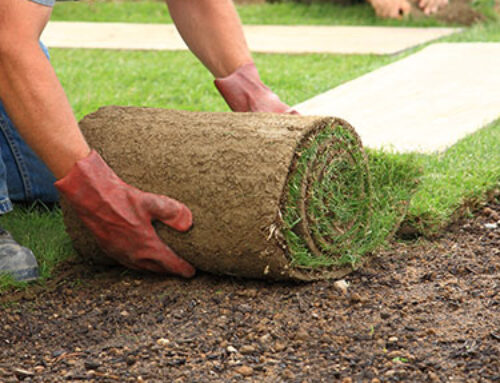Drought-like conditions can occur in sandy Florida soils after only a few days without rain and many lawns require supplemental irrigation to stay green during these drought periods.
Since many parts of Florida are under mandated watering restrictions throughout the year, many homeowners feel that reduced watering frequency hurts a lawn. Actually, the majority of watering restrictions provide ample watering frequencies for most lawns.
Things to consider for best management during dry times:
Adjust Irrigation Frequency, Not Amount of Water Applied
Turfgrass irrigation requirements vary by location in the state, time of year, soil conditions, shade cover, type of grass, amount of fertilizer applied, rainfall, and other factors. That’s why there is no one single recommended irrigation frequency; rather, you have to take all of these factors into account. Because of this variability, frequency of irrigation should be adjusted according to your lawn’s needs and the amount of rainfall received.
Irrigate Uniformly
Some irrigation systems are improperly designed and do not evenly distribute irrigation water. Dry areas become apparent during a drought because rainfall is insufficient to mask the water distribution problem. You should periodically inspect the uniformity of your irrigation system by watching it run. If your system is not applying uniformly, contact a qualified irrigation contractor for repairs.
Irrigate Early
Irrigate early in the morning (before or at sunrise, if possible) so that excess moisture on the leaf surfaces will dry during the day. Irrigating late in the day can cause turf leaf diseases. Irrigating during the late morning and afternoon will waste irrigation water to evaporation, and is not allowed under municipal or Water Management District water use restrictions.
Mow High When You Do Mow
Be sure to mow at the highest recommended height for your grass. Be careful not to remove more than 1/3 of the top of the leaf blade at any one mowing because this will place further stress on the grass. Higher mowing encourages deeper rooting, which is one of the key factors in enhancing drought tolerance.
Sharpen Mower Blades
Postpone or Reduce Fertilizer Applications
Because of increased stress and reduced growth of grasses during droughts, fertilization should be reduced or postponed until adequate rainfall is available. Trying to maintain a green lawn through nitrogen fertilization at this time will place the grass under additional stress and may affect recovery.
Postpone Herbicide Applications
Herbicides or weed killers can stress a lawn even under good conditions. During a drought, that stress can reduce turf growth and the ability of turf to compete with weeds.
Spot Treat Lawn Pests Only If Needed
Pesticides should only be applied as needed and then only to the affected area of the lawn. Chemicals can cause damage to the grass, which can increase stress to the turf. Keep an eye out for increased chinch bug activity during droughts, and spot treat for them as necessary to reduce damage.
For professional residential or commercial lawn care services in St Johns County, Julington Creek Plantation, Durbin Creek, Nocatee. and surrounding communities. Call or contact us today.
The preceding information provided for informational purposes. Experts courtesy of: UF/IFAS. “Managing Your Florida Lawn under Drought Conditions“; Laurie E. Trenholm; Photo Courtesy: flickr.com; seantoyer





